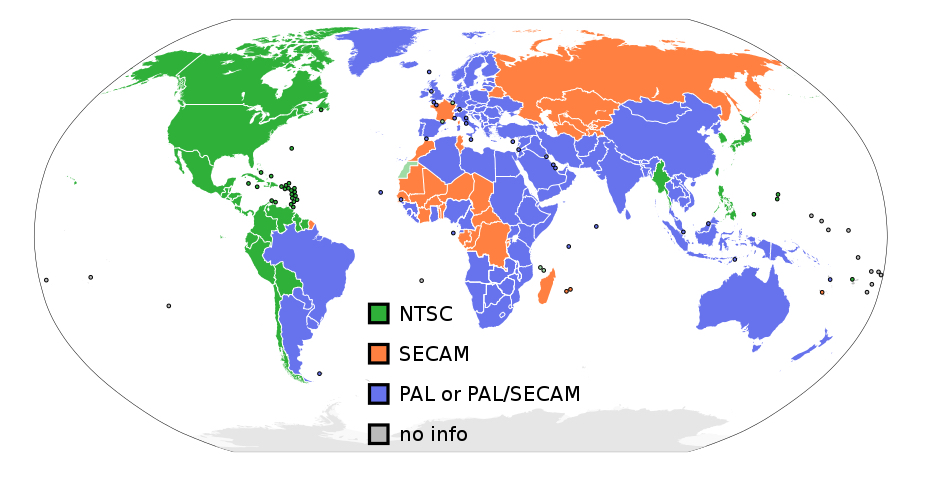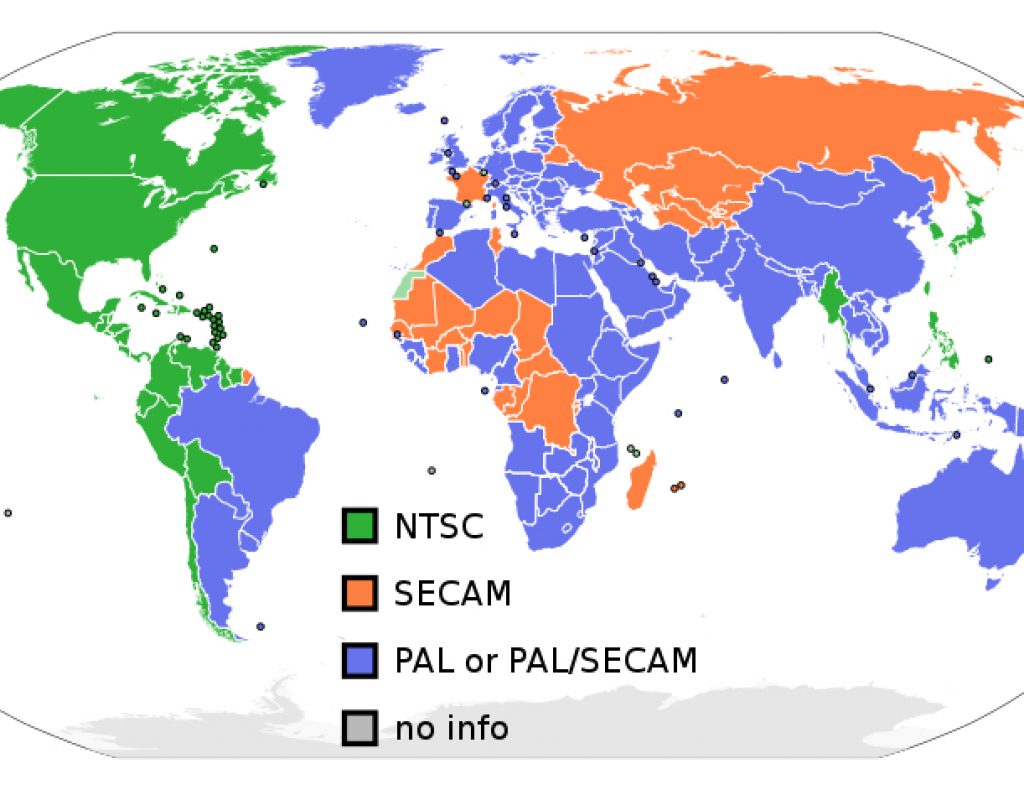
Since 2014, I have covered the importance and methods to have forced secure HTTPS on websites. Since 2008 in ProVideo Coalition in English —and much earlier in Castilian, I have covered the old, adorable analog PAL TV system (traditionally used in most of Europe and just a few Latin American countries), its similarity with SECAM and its multiple benefits over the old analog NTSC system (traditionally used in most of the Americas and some other places). Now, let’s explore the unique numeric relationship which may be a new proof that forced HTTPS is your new PAL. (Of course, it has always been your friend.)
An executive summary about PAL
PAL (Phase Alternating Line) is a color encoding system for analog television used in broadcast systems in many countries broadcasting at 625-lines / 50 fields (25 frames) per second, aka 576i. There are actually several subtypes of PAL. Other common analog color encoding systems include NTSC and SECAM. All the countries using PAL are currently in process of conversion or have already converted standards to DVB, ISDB or DTMB. Although some digital cameras (especially segregated ones) are imprecisely called “PAL”, what they really mean is that they derive the framerate from the original PAL. Also, some worldcam cameras have a menu setting between NTSC and PAL, but more accurate ones offer up to three clock rate options at ≈59.94 (which also covers ≈29.97 and ≈23.976 and multiples thereof), exact 50 (which also covers exact 25 and multiples thereof)… and exact 24 Hz (which can also cover multiples of 24).
The color subcarrier frequency for PAL B is ≈4.43361875 MHz but was frequently rounded to simply ≈4.43. (This subcarrier frequency was lower when the signal was recorded on color-under, heterodyned tape formats like Betamax, U-Matic (SP) and VHS. The key number for the purposes of this article is 4.43.
What does PAL have to do with HTTPS?
The standard port for HTTPS happens to be 443. Thanks to Angelo Mandato for mentioning that fact during our conversation that eventually ended up being his interview as part of BeyondPodcasting’s episode 11, Above-the-fold podcast subscription links on our podcast website. Although that part of our conversation didn’t end up being part of the final episode, it was indeed the inspiration for this article.
Why was 443 chosen to be the port for HTTPS?
The answer is partially revealed in Akemi Iwaya’s 2015 article, entitled Why was 80 Chosen as the Default HTTP Port and 443 as the Default HTTPS Port?
Perhaps Kipp E.B. Hickman appreciated some of PAL’s virtues, as I did.
(Re-)Subscribe for upcoming articles, reviews, radio shows, books and seminars/webinars
Stand by for upcoming articles, reviews, and books. Sign up to my free mailing list by clicking here. If you previously subscribed to my bulletins and no longer receive them, you must re-subscribe due to new compliance to GDPR. Most of my current books are at books.AllanTepper.com, and my personal website is AllanTepper.com. Also visit radio.AllanTepper.com.
Si deseas suscribirte (o volver a suscribirte) a mi lista en castellano, visita aquí. Si prefieres, puedes suscribirte a ambas listas (castellano e inglés).
Suscribe to his BeyondPodcasting show at BeyondPodasting.com.
Subscribe to his Tu radio global show at Turadioglobal.com.
Subscribe to his Tu salud secreta show at TuSaludSecreta.com.
Subscribe to his award-winning CapicúaFM show at CapicúaFM.com.
FTC disclosure
No manufacturer is specifically paying Allan Tépper or TecnoTur LLC to write this article or the mentioned books. Some of the other manufacturers listed above have contracted Tépper and/or TecnoTur LLC to carry out consulting and/or translations/localizations/transcreations. Many of the manufacturers listed above have sent Allan Tépper review units. So far, none of the manufacturers listed above is/are sponsors of the TecnoTur , BeyondPodcasting or TuRadioGlobal programs, although they are welcome to do so, and some are, may be (or may have been) sponsors of ProVideo Coalition magazine. Some links to third parties listed in this article and/or on this web page may indirectly benefit TecnoTur LLC via affiliate programs. Allan Tépper’s opinions are his own.
Copyright and use of this article
The articles contained in the TecnoTur channel in ProVideo Coalition magazine are copyright Allan Tépper/TecnoTur LLC, except where otherwise attributed. Unauthorized use is prohibited without prior approval, except for short quotes which link back to this page, which are encouraged!


